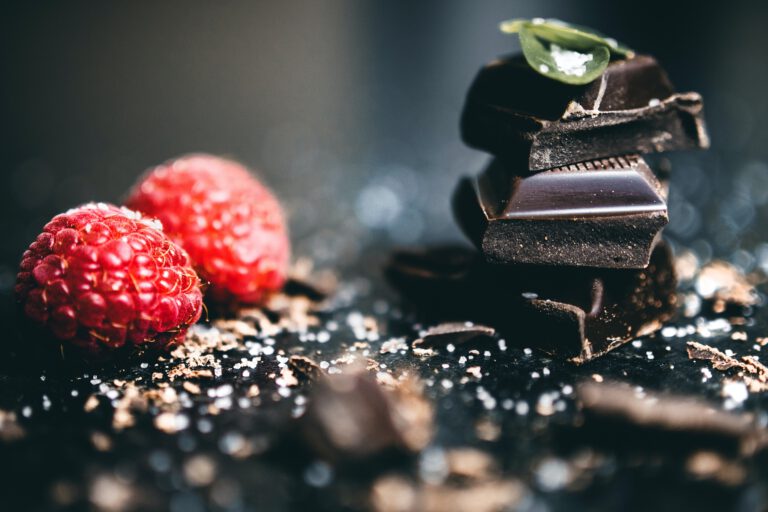Many of us have a drink once and a while and others often, and I think that most of us understand that alcohol is best in moderation. So, after drinking we will have a rest for the next day or two to detox. After all, it is not that great for the body to be drinking continuously and we need to give our liver a rest. But what about sugar?
Many people would say that sugar is different. Alcohol is made from sugar, but they are not exactly the same. Think about how much sugar you eat everyday compared to how much alcohol you drink every day. I am sure that many of you will be consuming a lot more sugar than they are alcohol.
Well, why am I comparing the two? Aren’t I comparing apples with oranges? Maybe not. We all know that wine is made from grapes; a fruit high in sugar. You probably have had a bad old piece of fruit that has fermented into alcohol or had some Japanese plum wine.
There is a lot of information about the science about what is happening with sugar in the body, which can be a little confusing, for me anyway. But one thing I know for sure is that sugar can also cause liver disease, the same as alcohol. I also read that fructose, which is found in table sugar as well as fruit, is acting like ethanol (a simple alcohol); however, it is not metabolised in the central nervous system but it is doing the same damage to our body.
With this in mind, think about how much sugar you are taking in. If you are a non-drinker, are you healthier than a moderate drinker? Also, think about your kids. You wouldn’t give them an alcoholic drink, but you may give them a sugary drink.
All of this sounds a little scary. But it is reality, and important to know exactly what sugar is doing to ourselves.
If you have problems with your diet, mental health or need someone to talk to, feel free to contact me. The first session is free.
Also take a look at my other blog posts on sugar. Here, here, here and here.
storysolutionstherapy@gmail.com
https://www.facebook.com/CounsellorTrent/
https://twitter.com/Story_Solutions
https://www.ncbi.nlm.nih.gov/pmc/articles/PMC3649103/











